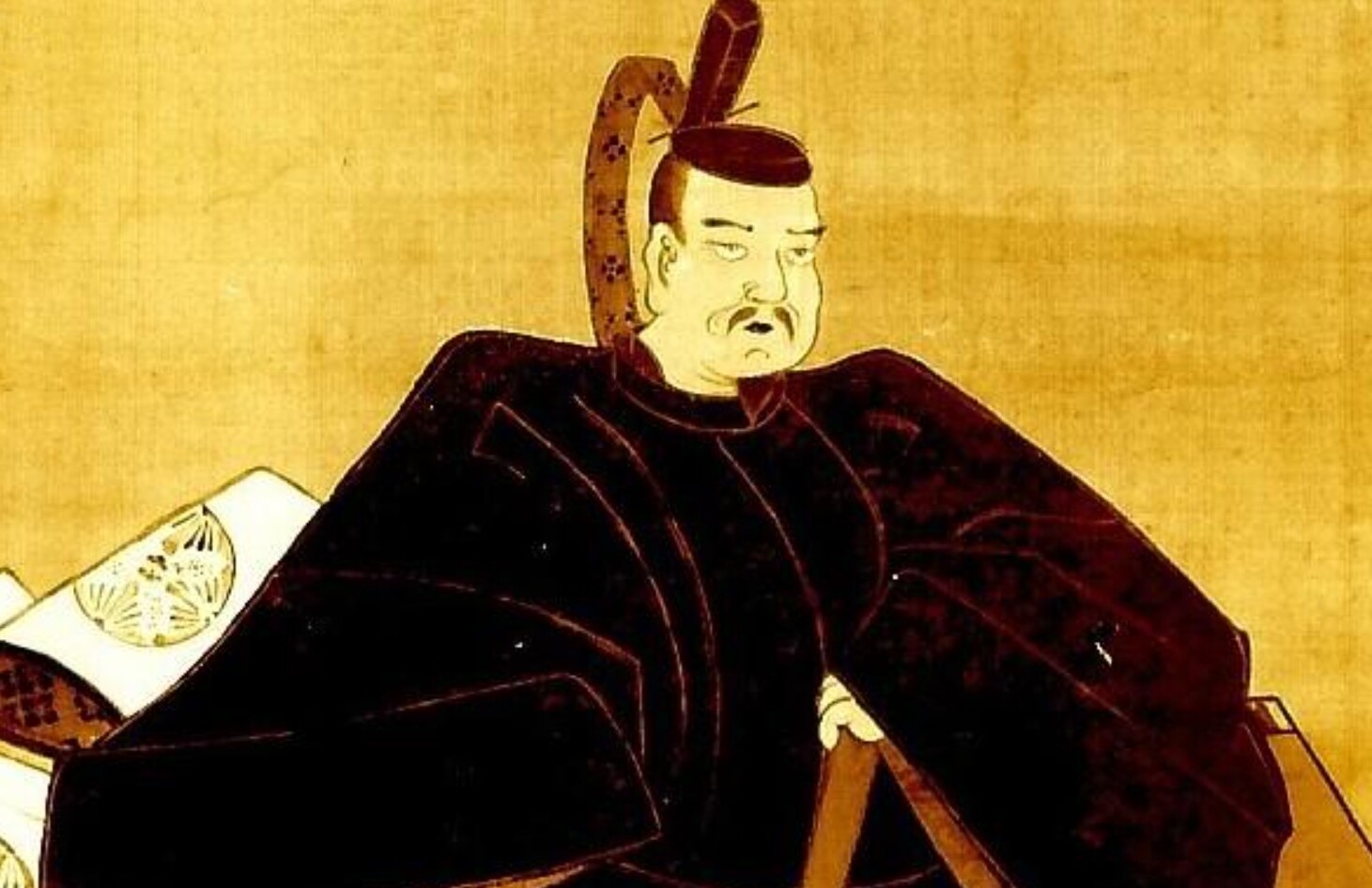
- World War I began in 1914.
- It dragged on for 4 years.
- It finally ended in November 1918.
- The number of casualties rose up to about 40 million, civilians and soldiers alike.
- The Allied Powers claimed victory by the end of the war.
- The main reason why WW1 started was Archduke Franz Ferdinand’s assassination on June 28, 1914.
- More than 65 million men from 30 countries battled in the WW1.
- Flamethrowers used in WW1 were invented by the Germans.
- The United States did not participate in the war until April 6, 1917, almost three years after it broke out.
- Not all causes of military deaths were conflicts; almost ⅓ died due to disease.
- Though mainly European countries fought in the war, the rest of the world eventually became involved.
- The Americans who refused to enter WW1 joined any of the Canadian/British Army and French Foreign Legion instead.
- A group of US pilots, Lafayette Escadrille, a section of the French air force, became the top fighting unit for the Western Front.
- 28th US President Woodrow Wilson was president during WW1.
- World War I became the first major battle to exploit the dynamism of planes.
- WW1 aided in the empowerment of the central government in Europe and US.
- Latvia, Poland, Finland, Lithuania, and Estonia ended up rising as independent nations after the war.
- Trench lines dug during WW1 run as long as approximately 1,547 miles.
- The treaty that ended WW1 later became one of the biggest causes of WW2.
- WW1 contributed to the advancement of medicine.
Europe was divided into The Triple Alliance and The Triple Entente in 1914.
Austria-Hungary, Germany, and Italy comprised the Triple Alliance while Great Britain, Russia, and France formed the Triple Entente.
Tension started to rise from the Balkan region.
Two Balkan wars occurred in 1912 and 1913, making nationalistic state Serbia gain power. The Nationalists wanted Bosnia and Herzegovina free from Austro-Hungarian domination.
Serbian gunshots pulled the trigger to the war.
Gavrilo Princip, a Serbian nationalist, assassinated Archduke Franz Ferdinand on June 28, 1914, in Sarajevo, Bosnia. The heir to the Austro-Hungarian Empire was shot to death with his wife, Sophie.
Austria-Hungary declared war on Serbia on July 28, 1914.
What started with one affected the whole alliance system like a domino effect. Germany took Russia’s assembly of its army as a war initiation.
Leaders of Austria-Hungary feared intervention from Serbia’s ally Russia.
Hence, they waited for German leader Kaiser Wilhelm II’s assurance before the declaration.
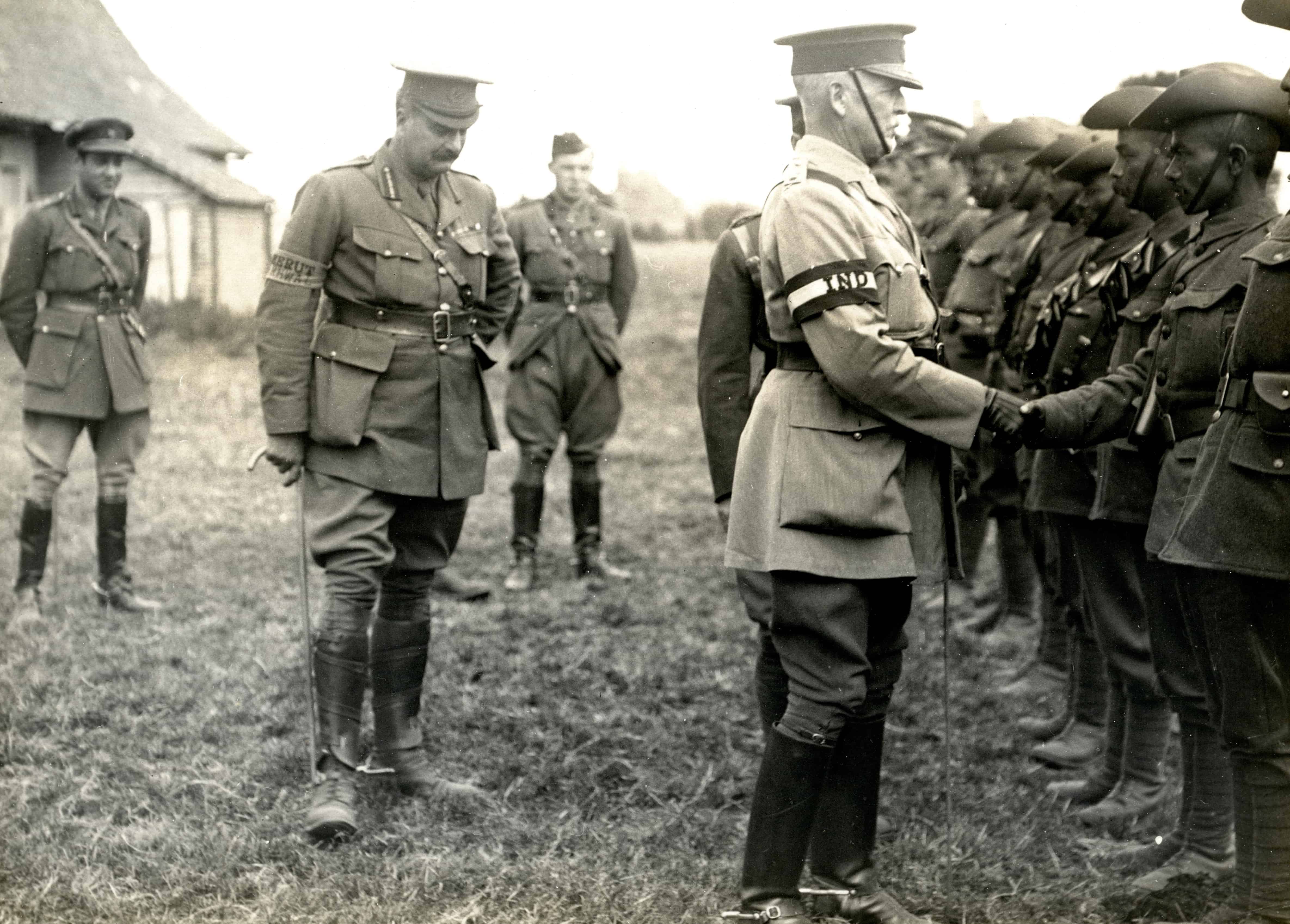
Wilhelm obscurely pledged support on July 5, 1914.
The blank check or “carte blanche” that the dual monarchy received served as a guaranty of Germany’s assistance in the state of war.
Serbia appealed to Russia for support.
The ultimatum that Austria-Hungary sent Serbia convinced the latter that the former was indeed getting ready for war. Serbia found the listed terms too harsh to accept.
Balkan problems persisted through the war.
Their political problems even threatened to ruin existent agreements that held up the alliances of the European powers and other alliances.
Within just a week, alliances were formed.
It only took a week for Serbia, Russia, Great Britain, Belgium, and France to line up against Austria-Hungary and Germany for World War I.
It was the Central Powers vs. the Allied Powers.
The Central Powers was composed of Austria-Hungary, Germany, Bulgaria, and the Ottoman Empire. On the other hand, the Allied Powers was formed by Great Britain, Russia, France, Romania, Italy, Japan, and the United States.
The Central Powers operated under the Schlieffen Plan.
Named after mastermind German Field Marshal Alfred von Schlieffen, the combative military strategy had hopes of a quick victory. However, it led to a longer and more exhausting fight.
Germany sprung into World War I by fighting on two fronts.
In the west, they invaded France through Belgium while in the east, they confronted Russia.
German troops crossed Belgian borders on August 4, 1914.
Their entry started the first battle of World War I, killing and destroying everything as they advanced to France through Belgium.
Germany captured Liege on August 15, 1914.
The troops went full force with their most powerful weapons. They successfully broke down Liege’s defenses with enormous siege cannons.
The Battle of Tannenberg began in late August 1914.
On the other hand, the Eastern Front of WW1 witnessed Russia’s invasion of East Prussia and Poland. German and Austrian forces halted their attacks in the German-held regions.
The First Battle of the Marne took place on September 6-9, 1914.
By this time, the German army was already deep into northeastern France when they faced the French and British troops.
The trench warfare started from the Battle of the Marne.
Both sides at the Western Front dug into trenches and probably didn’t know that they were setting the grounds for three year’s length of harrying war.
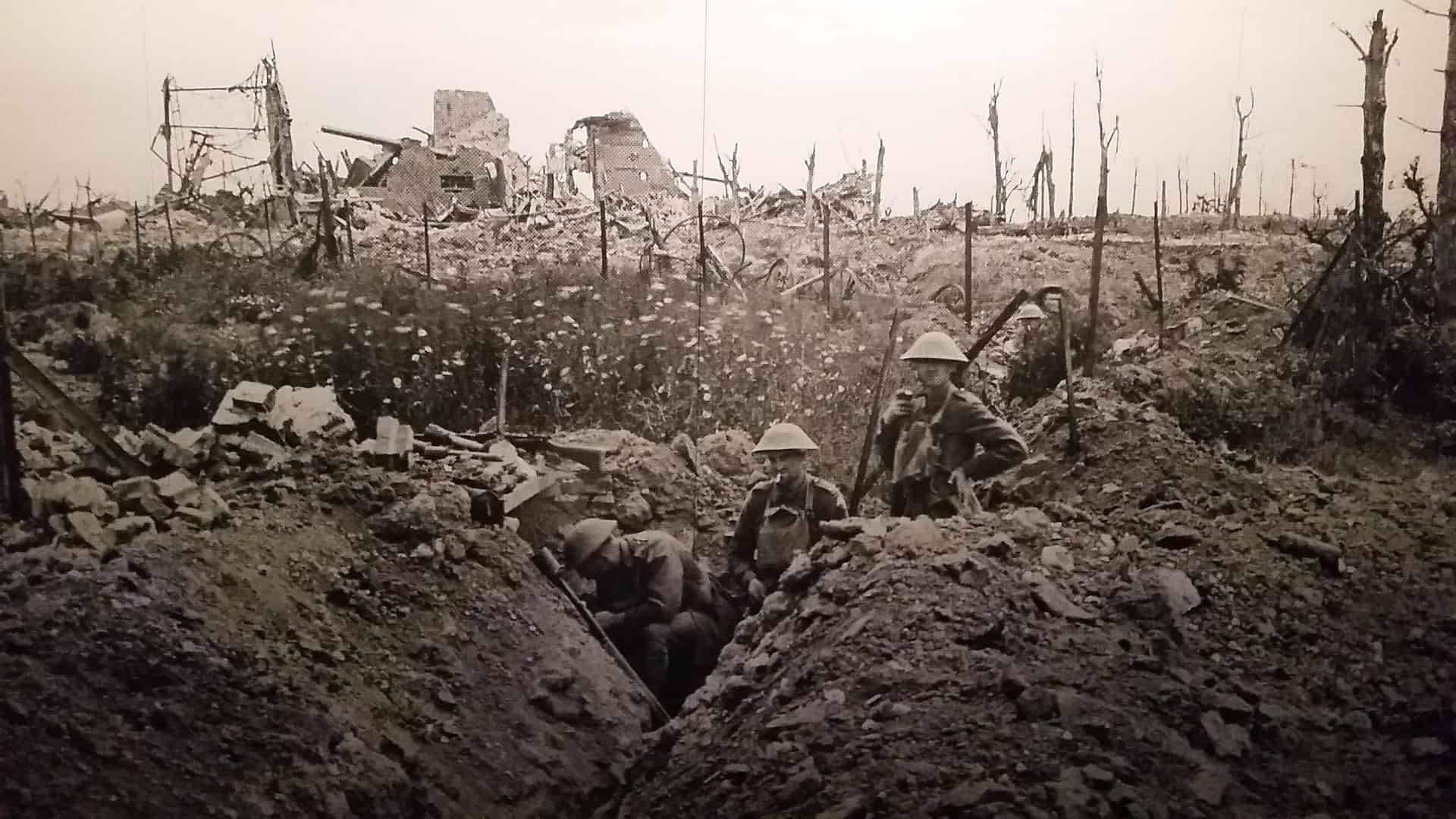
The Allies succeeded in eliminating Germans out of France.
During this battle, pilots of the Allies passed down information addressing the German lines’ weak spots, using it to their advantage.
Germany lost the Battle of the Marne.
They might have won in Tannenberg, but they were forced to transfer two corps from the Western to Eastern Front following Russia’s attack. Hence, their loss in the Marne.
Russia and France discredited Germany’s Schlieffen Plan.
Combining their huge war machine and fierce resistance in the east, they dragged the conflict longer than the Germans planned it to be.
Russia never made it past the German lines.
Despite their several offenses on the Eastern Front from 1914 to 1916, their army never had the chance to break through Germany’s defenses.
Germany’s advances were pushed as far back as to the north of the Aisne River.
After their successful counterattack to the Germans, the Allies also terminated the former’s victory plans in France.
The Battle of Verdun was the longest battle of the war.
It went on for over 300 days in February-December 1916. In this battle alone, Germany and France lost almost a million lives.
The Battle of Somme was the bloodiest battle.
It took place from July-November 1916, caused by the Verdun’s strain on the French. The Allies made an offensive move against the German troops.
Russia’s defeat on the battlefield stirred problems within the country.
The poverty-stricken workers are starting to suffer under the economic instability and food scarcity.
Russia’s Czar Nicholas II received the hostile end of the issues.
His wife, Alexandra, was German-born. When the people exploded from the seething instability, they charged upon the imperial regime.
The Russian Revolution brought an end to their WW1 participation.
The Bolsheviks and Vladimir Lenin initiated a revolt, ending the czarist rule and later, their assistance in the war in 1917.
Russia and the Central Powers signed the armistice at 11 am on 11/11/1918.
It freed German forces who then helped fight the remaining Allies on the Western Front in early December 1917.
The United States prepared for war in February 1917.
The Congress passed a bill stating arms appropriations worth $250 million.
Woodrow Wilson declared war on April 2, 1917.
He appeared before the Congress after Germany sunk 4 US merchant ships following the month of the first incident.
He used the slogan “He kept us out of war” to campaign for his second term.
Within his first month in office, he led the United States to declare war on Germany.
The US Army drafted 2.7 million men by the end of WW1.
Congress aimed to increase the numbers of the US Army, hence, passing the Selective Service Act.
The Ottoman Empire only joined the Central Powers by late 1914.
Later, it was targeted by the Allies when World War I reached a standstill in Europe.
The Allied Powers attempted to conquer the Gallipoli Peninsula in April 1915.
Following their defeat on the Dardanelles was another failed invasion attempt. They retreated from the Peninsula shores after losing 250,000 of their men.
Young Winston Churchill resigned from his post in 1916.
His failed Gallipoli campaign compelled the first lord of the British Admiralty to resign and accept an assignment in a French battalion instead.
The First Battle of Isonzo sparked in the late spring of 1915.
It immediately followed Italy’s induction in assistance to the Allied Power.
A total of 12 battles took place along the Isonzo River.
Austrian troops fought Italians at the border in northern Italy while the British men faced off Ottoman Turks in Mesopotamia and Egypt.
The Battle of Caporetto happened in October 1917.
It was the 12th Battle of Isonzo and was were German reserves aided in the victory of the Austro-Hungarians.
The Battle of the Dogger Bank took place in January 1915.
British forces surprise-attacked the docked German ships in the North Sea. However, the latter’s navy refused to confront the mighty Royal Navy in a battle for more than a year.
The Battle of Jutland was WW1’s biggest naval engagement.
Transpired in May 1916, it earned the British navy superiority on the North Sea and left Germany with no further plans to break it for the rest of the war.
World War I forecasted the crucial role of aircraft in military conflicts worldwide.
It might be the first major conflict to make use of the plane power, but it was still not as substantial as Britain’s Royal Navy or Germany’s U-Boats.
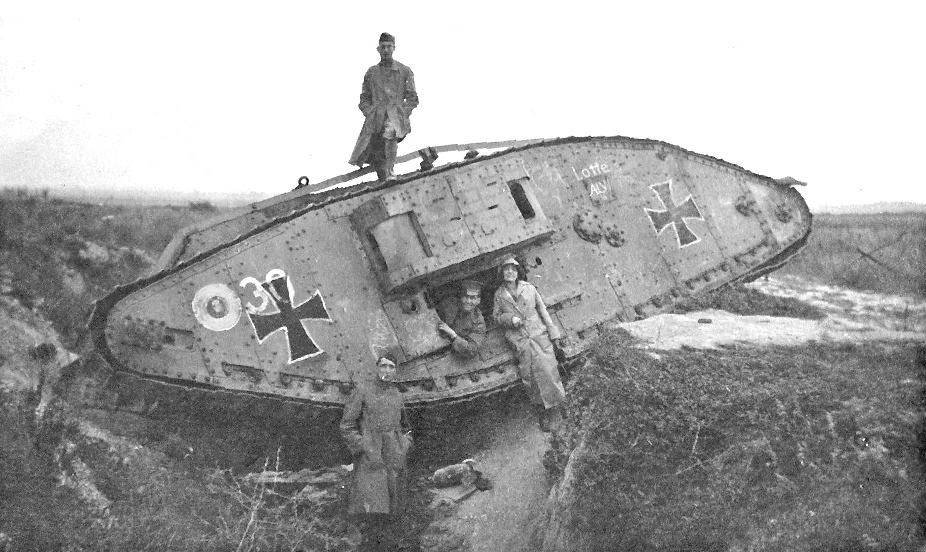
British tanks were identified as male or female.
Male tanks carried cannons whereas female tanks contained heavy machine guns.
“Landships” was the original name for tanks.
British forces attempted to hide them under the disguise of water storage tanks, hence the code name “tanks.”
Artillery fires and mines were loud enough to be heard up to 140 miles away.
London could hear explosives firing up from the German formation at Ypres in Belgium back in 1917.
The Royal Air Force was created on April 1, 1918.
Britain made the RAF as the first air force that was a separate branch of the military. It means that it is independent of the army or the navy.
The Second Battle of Marne saw the last German offense in the war.
On July 15, 1918, German forces attacked the French which was then joined by American men and some British troops.
The fall of 1918 witnessed the dramatic fall of the Central Powers.
A series of invading forces, Arab revolt, and the downfall of the Ottoman economy and land led the Turks to sign a treaty with the Allied Powers in late October 1918, even after winning Gallipoli.
Austria-Hungary started falling from within on November 4, 1918.
Its diverse population broke down into nationalist movements, leading them into an armistice.
Germany was last to seek the armistice on November 11, 1918.
Only when their allies surrendered, resources waned and they were discontented generally did the Germans forcefully signed the armistice.
A total of four empires crumbled after WW1.
The Russian joined the fall of the Austro-Hungarian, German and Ottoman when the war concluded.
The Allied leaders held the Paris Peace Conference in 1919.
They wanted their post-war world to be safe from any future conflicts such that of the devastation that they just endured.
The Treaty of Versailles was signed on June 28, 1919.
Participants were filled with hope with this treaty and even named World War I the “War to End All Wars.”
World War I was known for many names.
Other than being the War to End All Wars, WW1 was also called the First Modern War, The Great War, The World War, and The War of the Nations.

World War I ranks 3rd deadliest wars in history.
It only comes under the Taiping Rebellion in 2nd and World War II in 1st.
Many military conflict technologies debuted during World War I.
Tanks, machine guns, aircraft, and radio communications had their big introduction back then.
Dogs served as messengers in WWI.
They carried capsules on their bodies containing orders to the front lines. Aside from that, dogs also aided in laying down telegraph wires.
Pigeons also carried messages between the front lines and the headquarters.
Groups of more than 500,000 pigeons were dropped by parachutes into occupied areas. They were trained to return to the front lines.
WW1 propaganda posters helped in the transmission of information to the public.
Messages spread quickly through the posters and visual displays.

The War Propaganda Bureau was in charge of the design and distribution of propaganda posters in Britain during the early years.
They were stationed at the Wellington House in London where many of their content go out without the British Parliament’s supervision.
It became centralized through the Government from 1916 onward.
And starting in 1918, the Ministry of Information took over the production of propaganda posters.
The Allied Powers, the victors, lost almost 6 million soldiers.
On the other hand, the Central Powers only lost about 4 million. The total numbers from 30 countries totaled up to 10 million.
An additional 21 million more were wounded.
Though indirectly caused by the war, civilian casualties also rose to almost 10 million.
Frank Buckles was the last living US WW1 veteran.
He celebrated his 110th birthday days before he died of old age on February 27, 2011.
Buckles only served as a driver for the US Army ambulance in Europe at first.
Just before the war ended, he was able to rise up the ranks to be a corporal.
He was a victim of World War II as well.
If before, Buckles was assigned in escorting German war prisoners, he himself became a prisoner of war in the Second World War.
The Pool of Peace is 12 meters deep.
This lake located near Messines, Belgium originated from the crater of when the British discharged 45 tons of explosive in a mine.
Manfred Albrecht Freiherr von Richthofen of Germany was hailed most successful pilot.
Known as the “Red Baron,” he was able to take down 80 planes before he was shot dead near Amiens.
René Fonck of France came in second.
He was the most successful pilot on the Allies’ side, but he was 5 enemy planes short of Richthofen’s achievement.
The 31st US President Herbert Hoover was appointed Food Administrator during the war.
He was in charge of providing food supplies to the US Army and its allies.
Some soldiers had no choice but to spend the rest of their lives in nursing homes.
Other injuries required repairs from reconstructive surgery while more horrifying damages could only be covered by masks.
A British author worked as intel for the Allies in the Middle East.
T.E. Lawrence, or Lawrence of Arabia, initiated the Arab revolt against the Turks and even wrote about his exploits in his book titled The Seven Pillars of Wisdom.
The Russian troops were the largest army in the war.
They were able to mobilize 12 million men during WW1. However, more than ¾ of them were either dead, wounded or have gone missing
German U-boats sunk a total of 6,596 ships in the duration of WW1.
Most of the sinking took place near the coast of the English Channel.
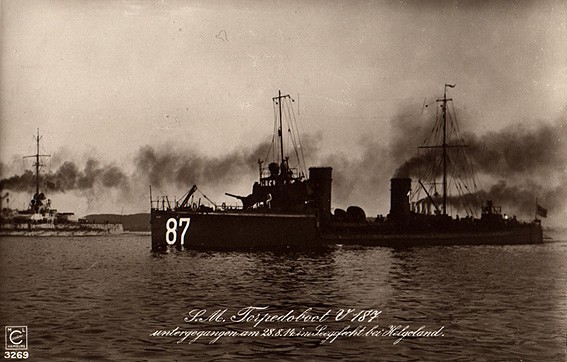
Germans built their trenches to last, unlike the British did.
They had bunk beds, water tanks with faucets, electric lights, furniture, cupboards, and even doorbells.
A total of 1,200,000 soldiers from both sides were gassed.
From that number, 91,198 ended up dying dreadful deaths.
About 30 different types of poisonous gasses were used during the war.
In earlier times, soldiers would hold clothes soaked in urine to their faces in cases of emergency. Gas masks with respirators granted a more effective solution by 1918.
Trench warfare gave numerous soldiers post-traumatic stress disorder.
Victims suffered from symptoms like insomnia, uncontrollable diarrhea, and twitches, some have stopped speaking, while others whimpered.
African Americans also served in WW1.
Out of more than 200,000, only 11% were in battle forces. Other assignments included building roads, loading cargo, and digging ditches.
The Germans demonstrated skills in intercepting and deciphering codes from the Allies.
They were able to capture 1 out of 4 paper messengers. However, they had difficulties translating the complex language of the Choctaw tribe when the US started using them.
If there WW1 brought any good into the world, it was the liberation of women and African Americans.
Women ended up taking male roles where they proved that they could perform just as well as men. Likewise, African Americans also assumed responsibilities on labor units.
Peter Jackson’s WW1 film “They Shall Not Grow Old” features World War I footage that’s centuries old.
His application of modern technology to the old flicks gave birth to a vivid film that displayed real faces and voices, giving their stories life.
Was this page helpful?
Our commitment to delivering trustworthy and engaging content is at the heart of what we do. Each fact on our site is contributed by real users like you, bringing a wealth of diverse insights and information. To ensure the highest standards of accuracy and reliability, our dedicated editors meticulously review each submission. This process guarantees that the facts we share are not only fascinating but also credible. Trust in our commitment to quality and authenticity as you explore and learn with us.


